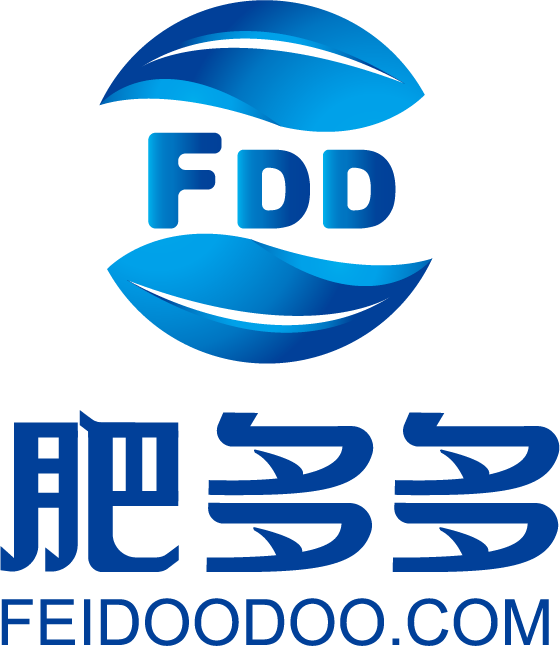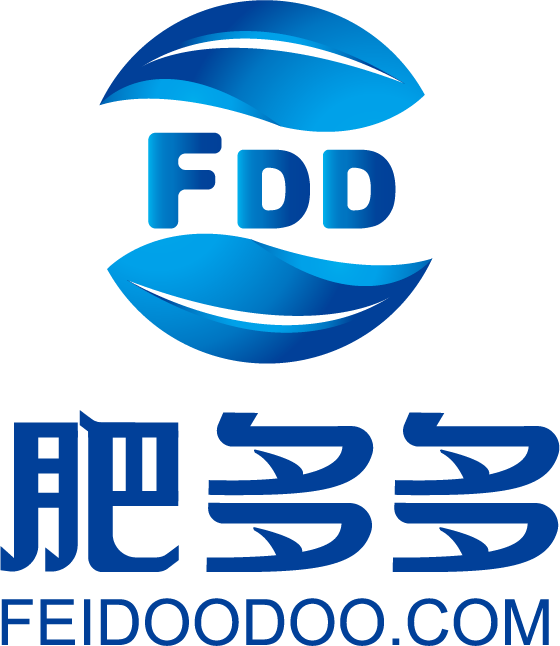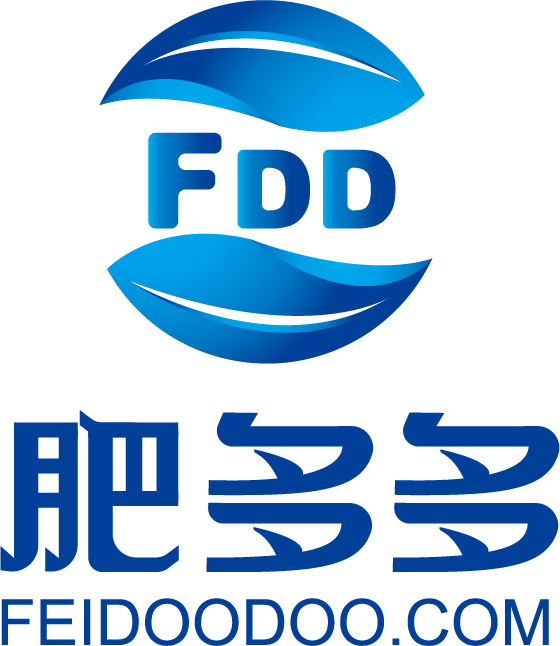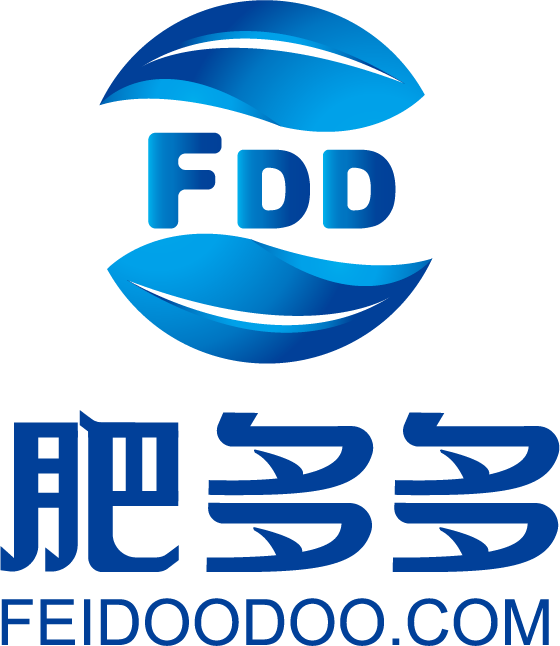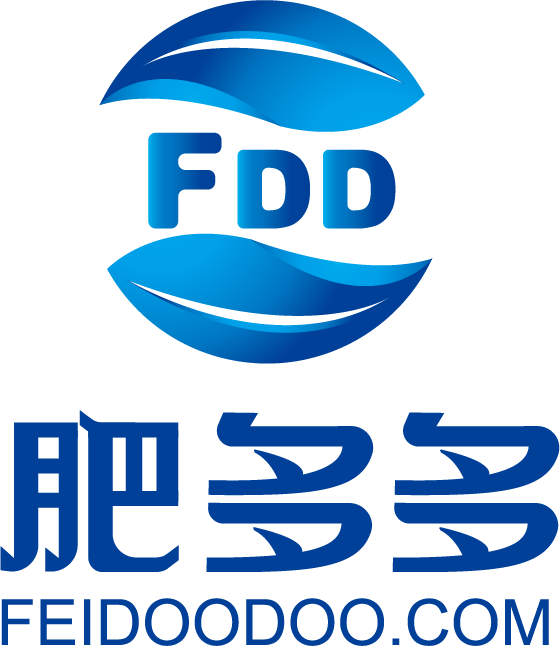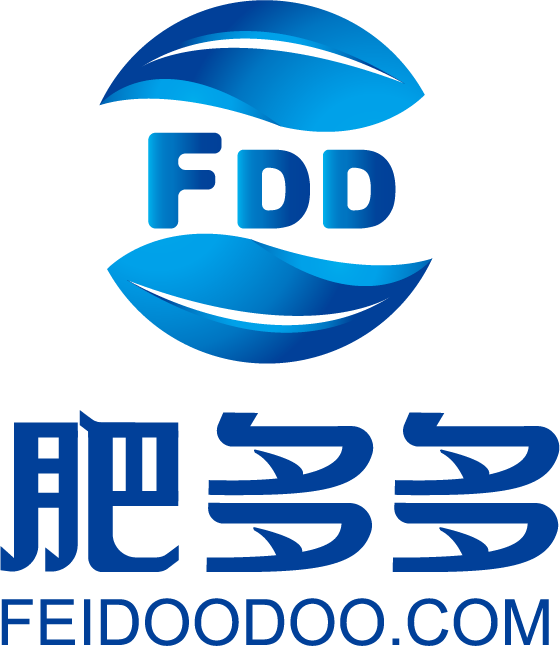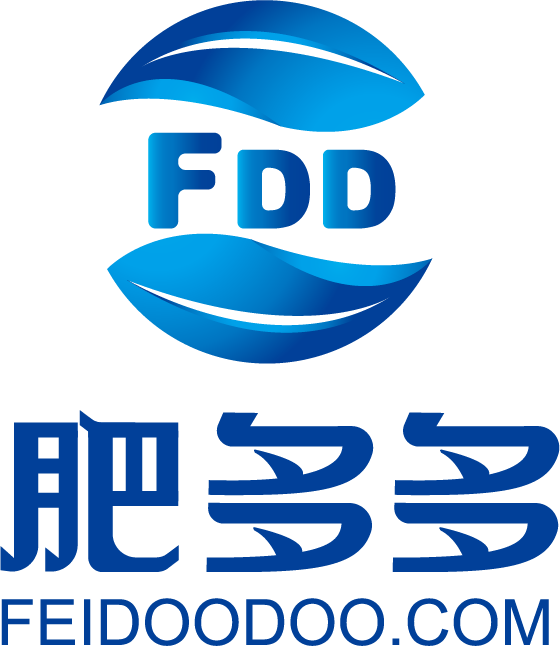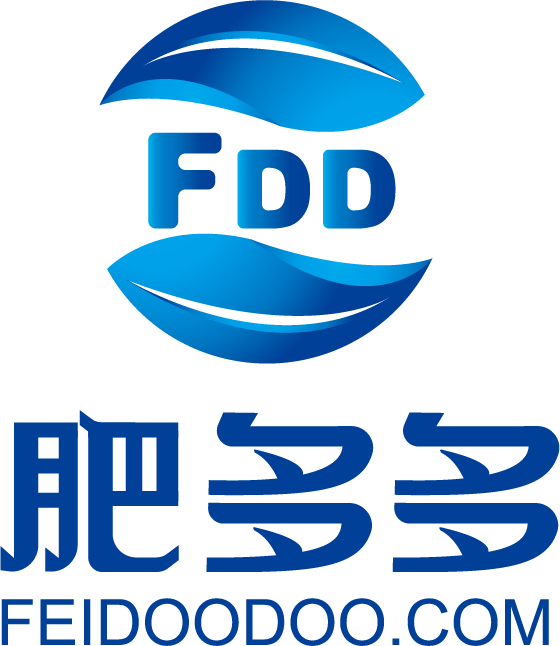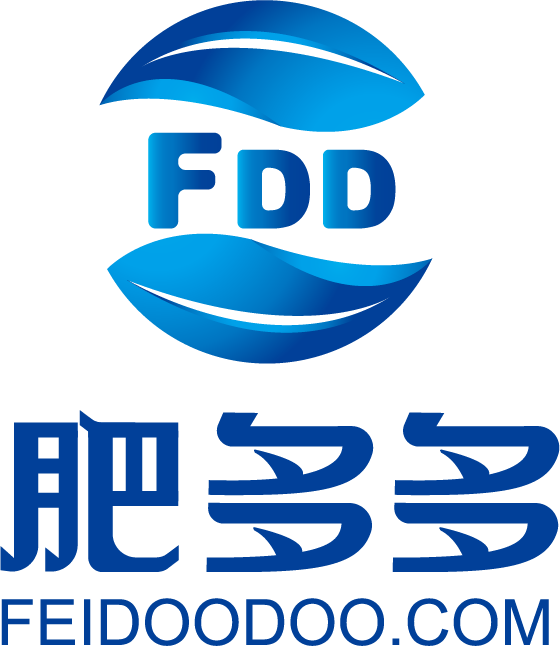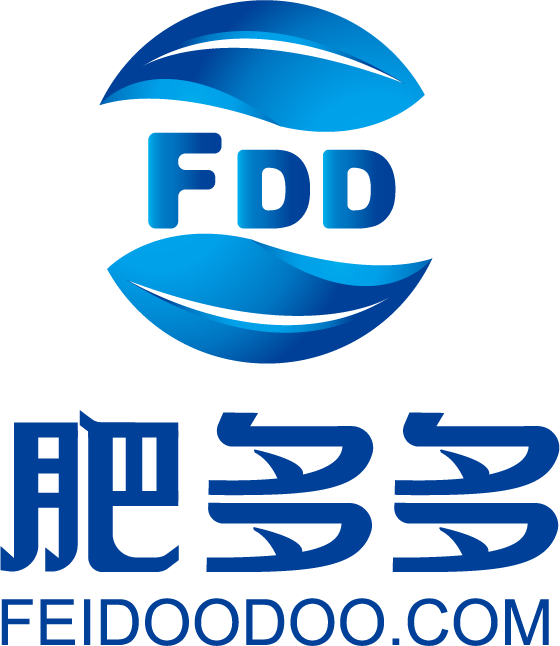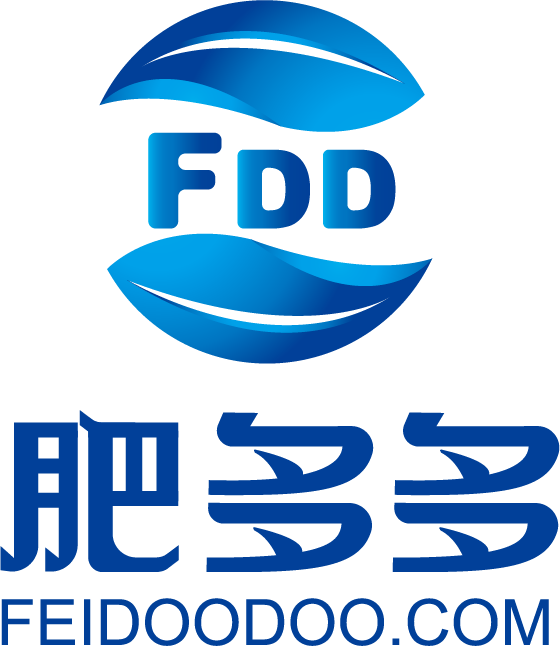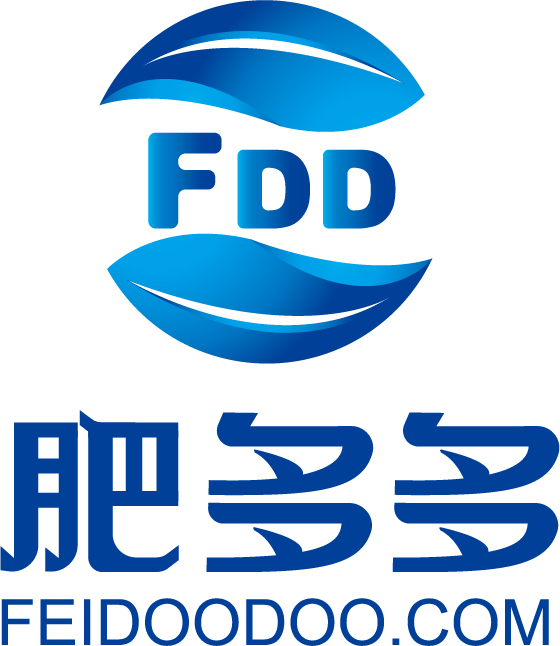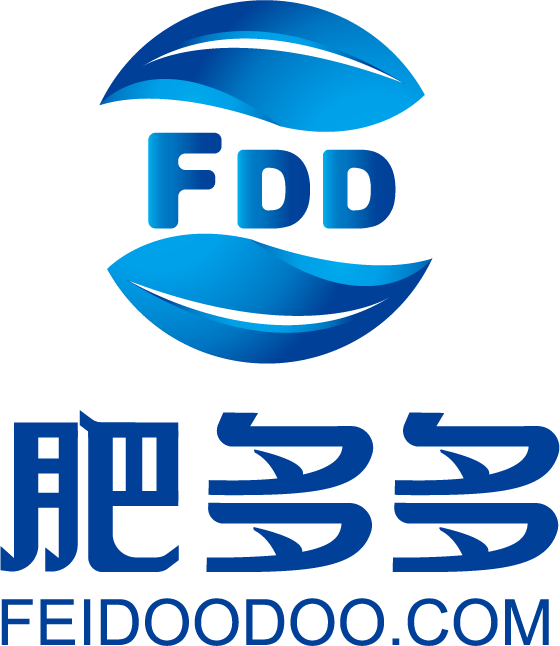- This report presents an analysis of the current urea market, highlighting a continued downward trend in prices, both in the spot and futures markets. The daily production of urea remains low, influencing a limited scope for price decreases. The market atmosphere remains sluggish, with most factories maintaining steady yet downward-trending quotes due to existing pending orders and tight supplies. The industry's daily production is not showing signs of significant increase, and recovery is anticipated in the latter half of the month. The demand side shows just-in-time restocking in agriculture and a cautious approach in the industrial sector. The short-term forecast indicates that urea market prices are expected to remain mostly stable, with only minor adjustments, influenced by current market dynamics and production levels.
- This report presents an overview of the phosphate fertilizer production and operating rates for December 2023. Monoammonium phosphate (MAP) production showed a slight month-on-month increase but a more significant year-on-year growth. The MAP industry's operating rate decreased both month-on-month and year-on-year. Diammonium phosphate (DAP) production saw an increase both month-on-month and year-on-year, with cumulative production also showing significant growth compared to the previous year. The focus of DAP enterprises on domestic supply led to a rise in supply volume. The DAP industry's operating rate experienced a decline compared to the previous month and year. Overall, the report indicates a dynamic phosphate fertilizer industry with varying production and operating rates influenced by environmental regulations and market demand.
- This report analyzes the urea market, highlighting a downward adjustment in domestic prices and a bearish trend in the futures market. Factories are holding steady or slightly reducing their prices, with many pending orders and a decrease in inventory. Market transactions have slowed due to high resistance sentiment and a dull trading atmosphere. Agricultural demand is in its off-season, and compound fertilizer shipments are weak. The report also touches on the Indian tender situation, noting weak interest from domestic enterprises due to low international prices and export controls. The short-term forecast suggests a continued adjustment in market prices, with limited potential for an upward trend, influenced by market dynamics and export scenarios.
- The report provides an analysis of the phosphate fertilizer market, focusing on monoammonium phosphate (MAP) and diammonium phosphate (DAP). MAP prices are experiencing downward adjustments due to insufficient new order follow-ups and a weak market atmosphere. DAP prices are also slightly declining, with stable factory prices and focus on executing winter storage pre-orders. However, terminal demand remains unchanged, and the market purchasing atmosphere is flat. Raw material prices are showing mixed trends, with some weakening and phosphate rock prices remaining high. The report anticipates that both MAP and DAP market prices will continue to adjust weakly in the short term, influenced by market dynamics and raw material cost fluctuations.
- The report presents an analysis of urea production and operating rates for December 2023. The domestic production of urea in China saw a slight decrease month-on-month but a significant increase year-on-year, with total production for the year showing an 8.33% increase from the previous year. The average daily production also noted a decrease from the previous month but an increase compared to the same period last year. The monthly operating rate of the urea industry decreased slightly compared to the previous month but was higher than the previous year. The decrease in production was attributed to short-term shutdowns for maintenance and a low demand atmosphere, leading to a decrease in market supply. The capacity utilization rate is expected to continue operating at a low level in the subsequent month.
- This report provides an overview of the weekly market highlights for compound fertilizers, phosphorus ammonium, yellow phosphorus, and phosphorus intermediates. In the compound fertilizer market, urea shows a rebound from low levels, but phosphorus and potassium continue to be weak. Enterprises are generally stable, with some negotiations on an individual basis. Distributors are cautious, leading to limited market movement. In the phosphorus ammonium market, there is a noted decrease in the reference price for sulfur granules and synthetic ammonia. The operating rate for downstream compound fertilizers is down, with expectations of an increase next week. DAP production has mostly resumed, ensuring domestic supply. However, the downstream purchasing atmosphere remains tepid. The market for yellow phosphorus and phosphorus intermediates is stable, with prices held by enterprises and a slight increase in phosphorus trichloride prices due to strong cost support and raw material rebound. Yellow phosphorus production is stable with a slight decrease in Yunnan.
- This report provides an analysis of the phosphate fertilizer market, noting a general trend of stability with slight decreases in prices. The market for both monoammonium phosphate (MAP) and diammonium phosphate (DAP) shows weak demand and cautious attitudes, with prices reflecting this uncertainty. Supply has been affected by reductions and shutdowns in production units. The operating rates for both MAP and DAP industries show different trends, with MAP decreasing and DAP increasing compared to last year. The weekly production and port inventories for both MAP and DAP are also discussed. The forecast for the market predicts continued stability with minor declines for MAP and a rigid consolidation for DAP prices, influenced by cautious market sentiment and sluggish downstream demand.
- This report presents an overview of the urea market for the week, noting a slight increase in prices due to stable demand post-New Year's Day. The domestic small granular urea price index experienced a minor decrease. Regional differences in price rises and sales improvement were observed. The report also covers the dynamics in the compound fertilizer and melamine industries, noting general stability with minor adjustments in prices. International market quotes showed a decrease in prices. The future outlook anticipates a continuation of current trends with supply operating at low levels, inventories decreasing, and demand focusing on low-price replenishment.
- The phosphate fertilizer market, including both MAP and DAP, is experiencing stable yet weak market dynamics, primarily influenced by lackluster downstream demand. With significant backlogs in orders and a persistent wait-and-see attitude in the market, the prices are expected to undergo short-term adjustments. The cost support from raw materials like sulfur, synthetic ammonia, and phosphate rock continues to influence market prices, contributing to the overall weak market atmosphere.
- The domestic urea market maintains a slightly upward trend, supported by substantial orders from enterprises. The futures market shows a varied trend, while the spot market observes a slight rise in prices. The recent market atmosphere is positive, with increased agricultural stockpiling driving the demand. The supply side shows a slight increase in production, maintaining a low overall level. The urea market is expected to consolidate with a slowing upward trend in the short term, influenced by a good trading atmosphere and significant pending orders in enterprises.
- The DAP market in Q4 2023 experienced initial price increases followed by stability, influenced by policy factors. Production in China showed a significant year-over-year increase, and the operating rate improved. The export volume significantly increased, reflecting robust international demand. The market was influenced by high raw material costs and export constraints. The compound fertilizer market indicated a slight price rise. The forecast for Q1 2024 suggests continued stability in prices, influenced by fluctuating costs, gradual supply increases, and potential demand release.
- The domestic urea market witnessed a slight increase in prices, with stable trends in most companies' pricing. The low-end market sales improved, reflecting a positive market atmosphere. Factories are executing prior orders, and the industry's daily production is expected to show a stable increase. Demand remains cautious, especially in the downstream compound fertilizer market. The urea market is projected to continue experiencing fluctuations, driven by stable demand and improved low-end sales.
- In the phosphate fertilizer market, both MAP and DAP prices have seen adjustments. MAP prices have slightly declined due to a lack of clear market pricing and weak demand. DAP prices are also adjusting downward amidst a bearish market sentiment and weak downstream performance. The supply situation is tense due to reduced operational rates in the industry, and raw material prices are fluctuating. The market is expected to continue its weak trend with limited demand and ongoing adjustments in prices.
- The urea market has experienced a slight increase in prices, with a more positive atmosphere emerging due to the appearance of downstream restocking demand. As per Fei Duoduo's data, the small particle urea price index has shown a slight increase, and the futures market has demonstrated a moderate rise. The spot market analysis indicates regional variations in pricing with overall stability. Manufacturers are actively accepting orders at lower prices, and some are processing pre-holiday orders. The improved shipping situation and gradual increase in market demand, especially from the industrial compound fertilizer sector and agricultural needs, have contributed to the positive shift in market dynamics. The short-term forecast predicts fluctuating urea market prices due to the combination of steady downstream demand and low-level industry supply.
- The phosphate fertilizer market, specifically monocalcium and dicalcium phosphates, has continued to exhibit stable pricing with weak market demand and declining industry operating rates. As of January 2nd, both MCP and DCP price indices have remained stable. The MCP market is facing a reduction in pre-received orders and a lack of new orders, leading to a disorganized pricing structure and ongoing transaction negotiations. The DCP market is similarly stable but with a slow movement of goods and cautious downstream purchasing attitudes. Supply tightness in the DCP industry is creating some positive impacts. The cost of raw materials, including synthetic ammonia and phosphate rock, continues to influence the market. The forecast anticipates a continuation of the current market trends, with MCP prices expected to follow a weak downward trend and DCP prices remaining stable with minor
- Mall
- Supermarket
- Supplier
- Integrated logistics
- Warehousing
- Transaction Services
- Expo Services

